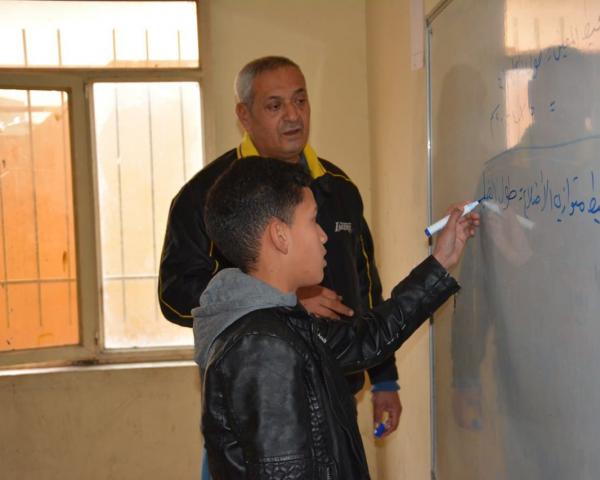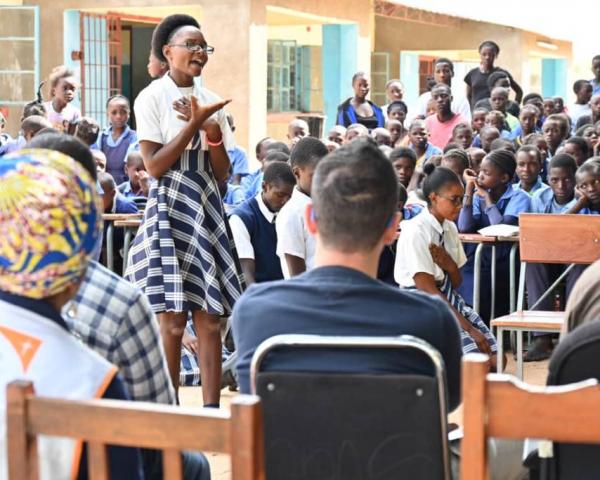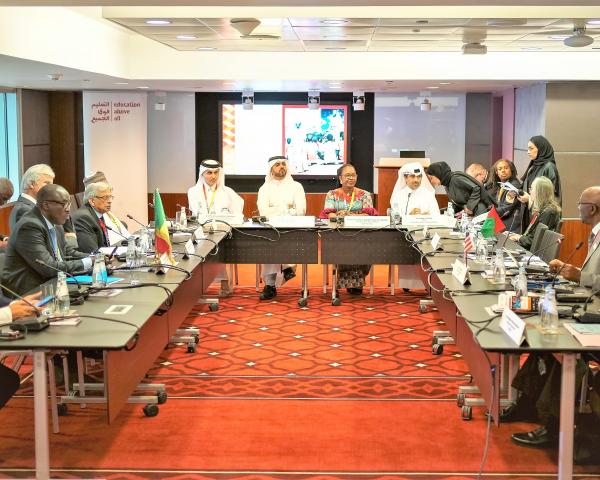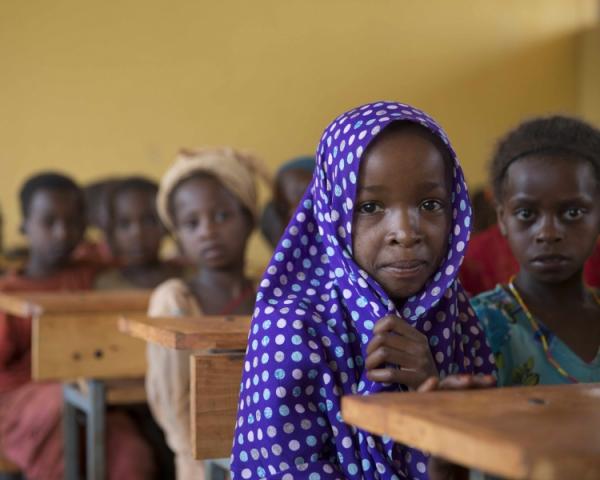JOYFUL JOURNEY OF OUT-OF-SCHOOL CHILDREN & YOUTHS FOR QUALITY LEARNING (JOYFUL)
Project Status
The proposed beneficiaries of children 6-14 and youth 14-25 years are out of school mostly from poor and disadvantaged families. Parents of these children and youth earn their livelihood working as fishermen, agriculture labors, sharecroppers, housemaids and boatmen. Many of them also seasonally migrate to nearby districts or towns for employment. Also they (children) work with their parents to support livelihood activities.
The direct beneficiaries of the project will be 4,440 aged 6-14 of which Boys are 2,220 and the girls are 2,220 as well. Further the direct beneficiaries of Youth are 1,530 of which 765 are Male and 765 Female. The numbers of children and youth in both cases are approximately 50% Male and 50% Female respectively with this background will be the direct beneficiaries. The literacy rate of Itna Upazila is 27.7% and in Mithamain 30.9%. A total of 12,800 community people, social elites, teachers, parents and local government members will be the indirect beneficiaries as they will take part in different events of the project and gain ‘new knowledge and skills’ from the target children and youth.
The project has three major core components which are: 1- Provide Non formal primary education for out of school children (6-14) and out of school youth (14-25) through multi-grade teaching and learning(MGTL) at CLCs and Junior School Certificate (JSC) approach at the CRC. 2- Support Youths (14-25)to capacitate them to acquire knowledge and leadership skills to contribute sustainable development of their communities which will take place in the Community Resource Centers (CRCs). 3- Advocate for children’s right for education.













